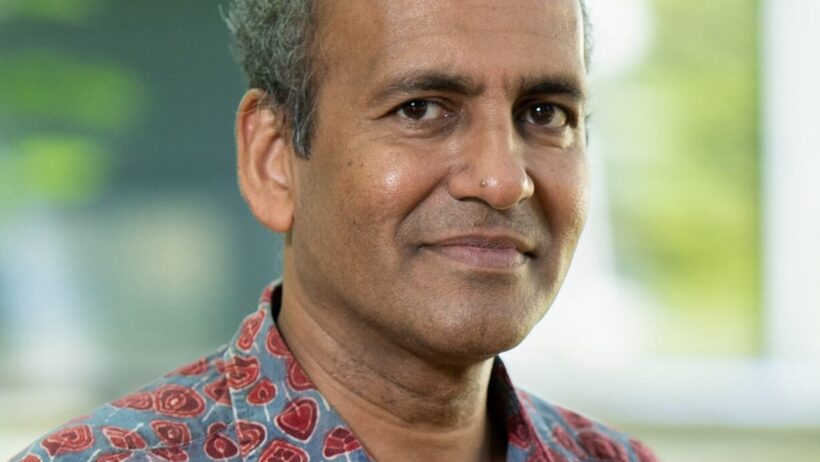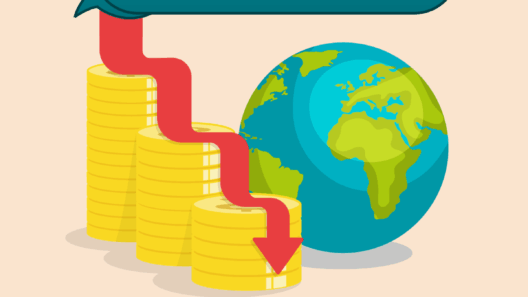The climate crisis is akin to a gathering storm on the horizon—one that threatens to engulf every corner of our world. It is not simply an environmental issue confined to the realms of scientific discourse or political debate; it is a profound challenge that reverberates through our health, economies, and the tapestry of life itself. As the Earth warms, the repercussions cascade through various systems, rendering the seemingly insubstantial actions of individuals increasingly significant.
The crux of the climate crisis lies in the relentless increase of greenhouse gas emissions, particularly carbon dioxide. This gas, a silent baleful specter, permeates our atmosphere as a by-product of fossil fuel combustion, deforestation, and industrial activities. Each fraction of a degree in temperature escalation belies a cacophony of consequences that can be envisioned as dominoes tipping over—one action triggering others in an irreversible sequence. From the melting of polar ice caps to the shattering of coral reefs, the interconnectedness of these phenomena underscores a simple yet profound truth: no one is immune.
At the heart of the climate discourse is the critical impact on biodiversity. Ecosystems are delicate mosaics; each species plays a unique role, contributing to the overall vibrancy of our planet’s biological composition. As climatic conditions shift, many species find themselves in uncharted territories, struggling to adapt or facing extinction. The loss of biodiversity is not merely a loss of beautiful creatures; it is a harbinger of inadequate ecosystem services, such as pollination, water purification, and climate regulation. The Earth’s intricate web of life is tearing, and with it, the foundation of our survival.
Moreover, consider the socio-economic ramifications of the climate crisis. Vulnerable populations in developing nations are often the first to suffer the adversities wrought by climate change. Extreme weather events—hurricanes, floods, droughts—disproportionately affect those with limited resources and capacity to respond. They become helpless witnesses to their livelihoods being swept away, their homes decimated, and their futures uncertain. Thus, the climate crisis serves as an unsettling magnifying glass for social inequalities, revealing the inherent injustices in our global systems.
Transitioning to renewable energy sources emerges as a pivotal solution. The sun, the wind, and the water—the natural elements that have long sustained life—hold the key to a sustainable future. The mesmerizing potential of solar panels capturing sunlight or wind turbines harnessing breezes illustrates that energy can be both abundant and clean. By investing in these technologies, we can reduce dependence on fossil fuels, thereby diminishing our carbon footprint and mitigating some effects of the climate crisis.
The allure of renewable energy is not just its environmental benefit; it is also an economic boon. Investment in green technologies heralds new job creation, spurring innovation and revitalizing local economies. Imagine a world where rooftops adorned with solar panels are as ubiquitous as the clouds above. The ripple effect of this transition would extend to diverse sectors—manufacturing, transportation, and beyond—sparking a renaissance that fosters resilience in face of climatic instability.
Equally vital is the role of sustainable practices in agriculture and food systems. Conventional agricultural methods have perpetuated a cycle of degradation—depleting soils, polluting waterways, and contributing to greenhouse gas emissions. In contrast, regenerative agriculture champions practices that restore rather than exploit. Techniques such as crop rotation, intercropping, and holistic grazing can rejuvenate the land, ensuring that farming becomes a partner of the environment rather than its foe. The act of nourishing ourselves need not come at the expense of the planet; rather, it can be an exercise in symbiosis.
The collective responsibility of communities and individuals must not be underestimated. Just as ripples radiate outward from a pebble cast into a pond, so too can the efforts of grassroots movements catalyze monumental change. Local initiatives, whether it’s tree planting, community gardens, or educational programs, engender a sense of agency and foster environmental stewardship. When individuals come together united by a shared purpose, they become a formidable force in the fight against climate change.
Importantly, addressing the climate crisis cannot occur in a vacuum. It requires the global community to forge robust partnerships and commitments. International agreements like the Paris Accord epitomize the necessity for collaborative action. They compel nations to set emissions reduction targets while simultaneously recognizing the principle of equity. Wealthier nations, having historically contributed more to the crisis, are called upon to support developing countries in their adaptation and mitigation efforts. This is not merely an act of charity; it is an acknowledgment of shared responsibility.
The climate crisis is not an abstract concept confined to scientific jargon or future political platforms. It is a palpable reality, prevalent in every facet of life. Understanding its importance to every corner of our world—environmental, social, economic, and political—demands urgency and action. As stewards of this planet, we are tasked with not merely weathering the storm but redirecting its trajectory. Through collective action, boundaries dissolved, we can transition towards a resilient and sustainable future. The time for complacency has passed; the time for decisive, informed action is now.







